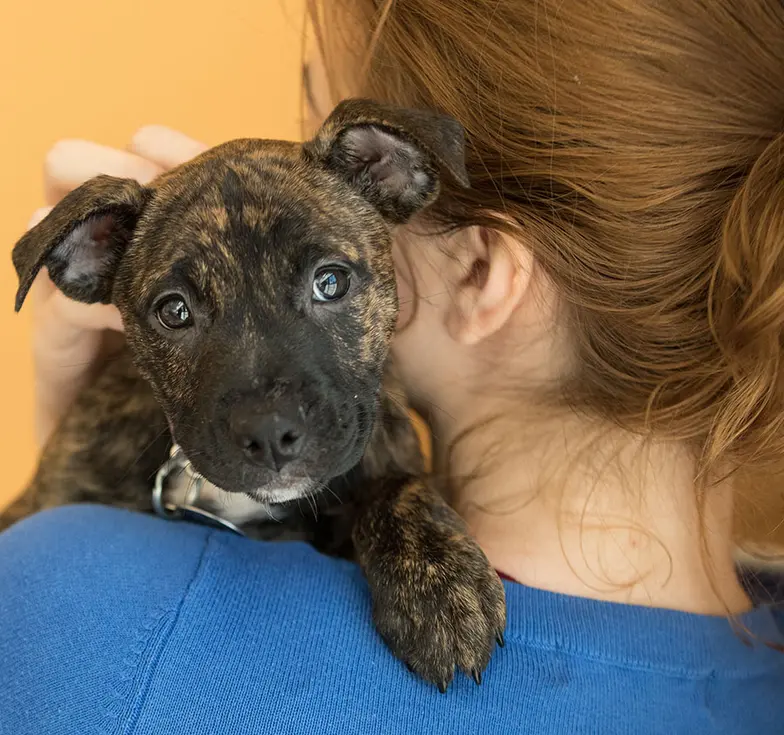5 Tips for Making Virtual Adoptions a Success

Animal shelters have employed innovative techniques, including virtual adoptions, to continue moving dogs, cats, and horses out of the shelter and into foster and adoptive homes. Here are five tips for working with foster families to place animals using technology and social distancing.
Leverage Your Foster Volunteers
No one knows a foster animal better than their foster family. Ask foster volunteers to promote their fosters by taking lots of enticing photos that show off their true personality. They should also write a few sentences about what their foster animal likes and dislikes, what makes them unique, and what type of home may be the best fit. Encourage foster volunteers to post their fosters on their social media channels and train them to become an Adoption Ambassador, a special role that allows them to find and approve potential adopters and complete the adoption process.
Be Strategic with Your Promotion
All animals have their own personalities and quirks, so think carefully about which promotional tools would highlight a specific animal best.
- Virtual adoption events—where multiple animals are showcased in tandem on your organization’s social media pages—have worked well for the ASPCA. Get creative and come up with an exciting theme that allows you to group animals in a fun way. For example, you could host a virtual event featuring animals with Disney names, animals with orange fur, or horses who have all been trained in a certain style.
- For more challenging animals who may not be as easy to adopt, be sure to include them prominently on your website’s adoptable animals page.
- Incorporate all the great content from your fosters in your promotions.
Nail Your Virtual Meet-and-Greets
Virtual meet-and-greets via Zoom or another video conferencing platform are a great way for potential adopters to see what a dog, cat, or horse is really like in a home environment. Make sure the foster volunteer is prepared for the call, and ask them to prioritize being open, honest, and transparent about the animal. In addition to having them share all the animal’s great attributes, make sure they include details about the animal’s transition to the home and any habits that may be beneficial for a potential adopter to know. Be sure to offer your foster volunteer the opportunity to have a staff member from your organization on the call, too.
Make Your Processes Quick & Easy
Virtual adoptions can be more complex than typical in-person adoptions, so make your application and adoption processes as easy as possible.
- Put the link to your adoption application prominently in the animal’s online bio and be sure to include it any social media promotion or virtual adoption events.
- Have your adoption contract ready to go and utilize a digital signing tool like DocuSign.
- Email a copy of the contract to the adopters and offer an online or phone payment option.
- Be mindful of the adopter’s schedule, and for smaller animals, consider offering to deliver the animal to them with a paid rideshare if needed. Many companies will accept small caged pets as long as you call ahead and provide all the information. For equines, have the contact information for various equine transporters available to share with adopters.
Follow Up
Whether or not an adopter gets to meet an animal face-to-face before bringing them home, there are bound to be some bumps in the road during the transition phase. Follow up with the adopter after 2 days, 10 days, and 1½ months. This way, you can address any questions or concerns the adopter has about their new animal. Plus, you can ask for photos and videos to share with the foster family, which helps keep your foster volunteers happy and engaged.
We have lots more on this subject:




